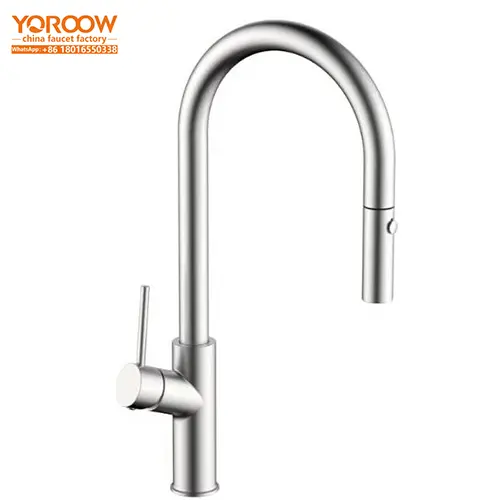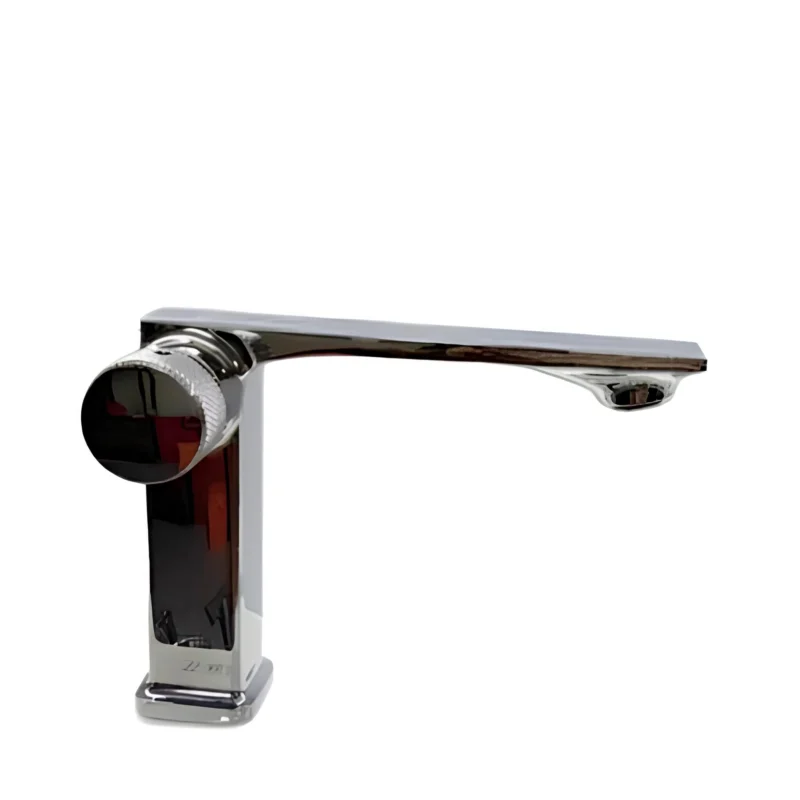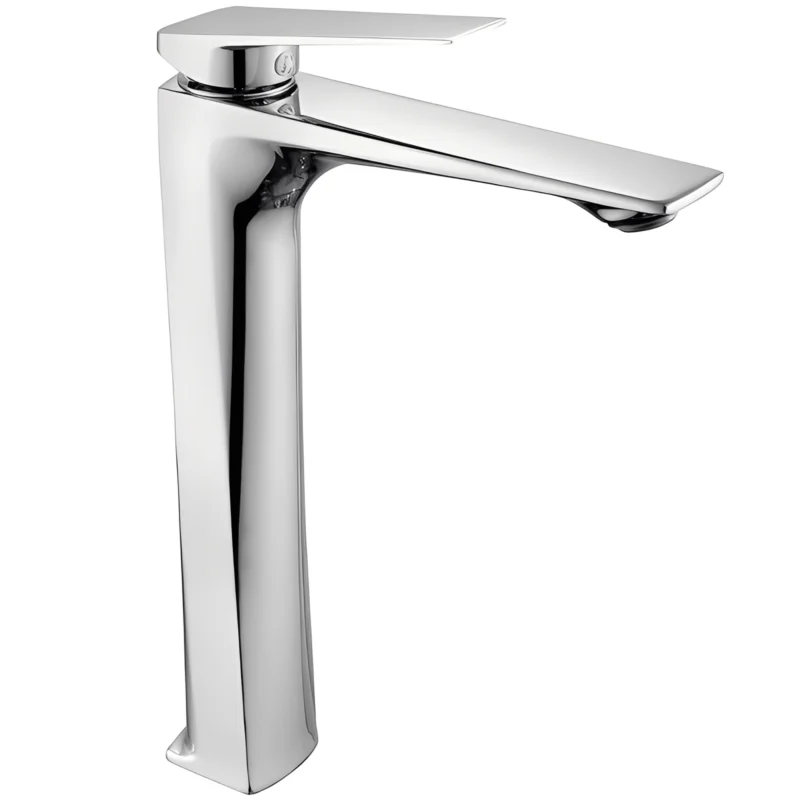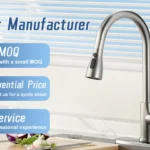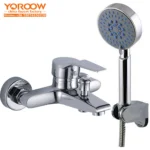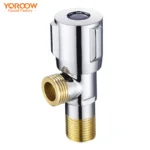In modern kitchen equipment, el 304ss materiales grifos 3 agujeros grifo mezclador de cocina has become an ideal choice for numerous households and commercial kitchens, thanks to its unique three-hole installation design. This faucet is crafted from high-quality 304 stainless steel, a material renowned not only for its exceptional corrosion resistance, effectively withstanding the acidic and alkaline environments typical of kitchens, but also for its remarkable stability, ensuring it remains free from deformation or damage even after prolonged use. Fabricantes chinos de grifería leverage advanced production techniques and stringent quality control systems, carefully selecting top-grade raw materials to guarantee that each 304ss materials taps 3 hole faucet kitchen mixer offers users a reliable and durable experience, adeptly handling various kitchen water usage scenarios.
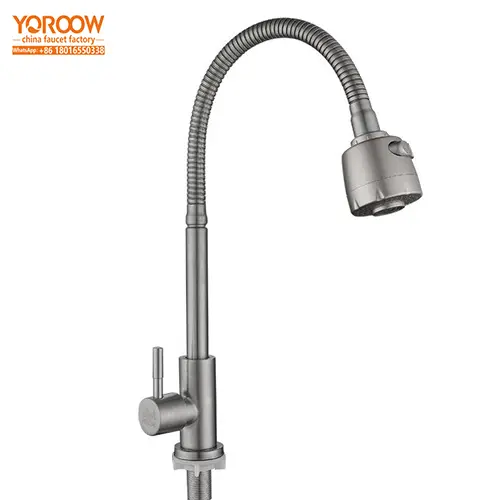
(1) Precautions Before Product Installation
Thorough preparations are essential before commencing the installation of el 304ss materiales grifos 3 agujeros grifo mezclador de cocina. First and foremost, conduct a comprehensive inventory of all components within the product packaging. Besides the faucet body, verify the presence of installation accessories such as gaskets, nuts, fixing bolts, etc., as well as the product manual. Simultaneously, carefully measure and confirm the compatibility between the three holes on the kitchen countertop and the faucet. Typically, the standard spacing and diameter of the three holes must strictly adhere to the product specifications to ensure precise installation. Additionally, it is imperative to turn off the main water valve of the kitchen in advance, cutting off the water supply to prevent any unexpected water leakage during the installation process and ensuring the installation proceeds safely and smoothly.
(2) Herramientas de instalación necesarias
As the saying goes, “A workman must sharpen his tools if he is to do his work well.” A series of essential tools are required for installing the 304ss materials taps 3 hole faucet kitchen mixer. Among them, a wrench is indispensable. It is advisable to prepare an adjustable wrench or a specialized plumbing wrench, which is used to tighten nuts and bolts, ensuring the secure connection of components. A screwdriver, either flathead or Phillips head depending on the specific requirements, is used to fix related parts. PTFE tape is also a crucial tool, as it can effectively enhance the sealing performance of joints, preventing water seepage and guaranteeing the normal operation of the faucet.
(3) Pasos de preparación antes de la instalación
Before installation, thoroughly clean the installation area on the kitchen countertop. Use a cleaning agent and a cloth to remove oil stains, dust, and other debris, leaving the countertop clean and tidy. Subsequently, sort and organize the various installation accessories according to their usage and installation sequence. This allows for quick and accurate access during the installation process, improving efficiency. To further enhance water resistance, apply an appropriate amount of sealant evenly around the three holes on the countertop, creating an effective waterproof barrier to prevent leakage during subsequent use.
(4) Proceso de instalación estándar
Carefully place the main body of the 304ss materials taps 3 hole faucet kitchen mixer into the three holes from above the countertop, ensuring that the connecting parts of the faucet can pass through the holes smoothly. Then, install the gasket and nut in sequence beneath the countertop. The gasket serves as a buffer and provides additional sealing, while the nut secures the faucet body in place. Use a wrench to tighten the nut gradually in a diagonal pattern, firmly fixing the faucet to the countertop. When connecting the cold water pipe, first wrap multiple layers of PTFE tape clockwise around the interface. Wrap the tape evenly and tightly, typically 5 – 8 turns are recommended. Then, connect the water pipe to the faucet interface and tighten it with a wrench, applying moderate force to avoid damaging or deforming the interface, ensuring a secure and well-sealed connection.
(5) Key Points of Use Testing and Inspection
After the installation is complete, a comprehensive usage test and inspection of the 304ss materials taps 3 hole faucet kitchen mixer are necessary. First, slowly open the main water valve of the kitchen and observe all connection points of the faucet, including the connection between the faucet body and the countertop, as well as the water pipe interfaces, for any signs of seepage or leakage. At the same time, carefully observe the water flow for smoothness, checking for any interruptions or weak streams, which may indicate blockage. Additionally, open and close the faucet switch multiple times to test its flexibility and smoothness, ensuring the faucet operates normally and stably.
(6) Common Installation Problems and Solutions
Some common issues may arise during the installation process. If water leakage occurs, first inspect the wrapping of the PTFE tape. If it is insufficient or unevenly wrapped, re-wrap the tape and tighten the nut again. If the leakage persists, check whether the nut is tightened properly and use a wrench to further tighten it if necessary, but be cautious not to over-tighten. If the water flow is weak, it is likely due to impurities blocking the water pipe. In this case, remove the water pipe and rinse it with clean water to clear any internal debris and ensure unobstructed water flow.
(7) Safety Tips and Maintenance Suggestions
During the daily use of the 304ss materials taps 3 hole faucet kitchen mixer, it is important to use it correctly. Avoid excessive rotation or pulling of the faucet to prevent component loosening or damage caused by excessive force. To maintain the faucet’s cleanliness, aesthetics, and optimal performance, it is recommended to clean its surface regularly. Use a soft damp cloth and a neutral cleaning agent for wiping, and avoid using steel wool or corrosive cleaners, as they may damage the stainless steel surface of the faucet. Additionally, check the connections periodically (such as once a month) to see if the nuts are loose. If looseness is detected, tighten them promptly with a wrench to ensure the faucet remains in a safe and stable working condition.
